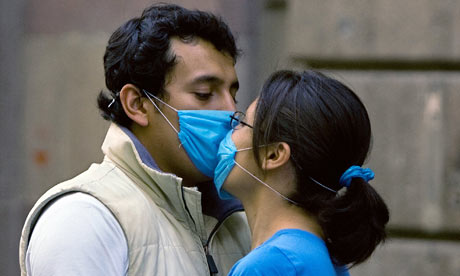Both the Primary Care and
HealthFirst Authorities met yesterday, the later most likely for the last time. The HealthFirst Authority meeting featured
Jonathan Gruber, an MIT economist, who is the leading proponent of individual mandates across the US. He championed the mandate in MA and is working with other states and the fed.s on building an individual mandate for all of us. His argument is that, based on economic modeling, there is no other way to get completely universal coverage; in a voluntary system, there will always be some who choose to opt-out if given the option. Dr. Gruber crunched numbers for the Authority’s reform proposal.
The CT Health Policy Project has published a
detailed list of challenges in implementing any individual mandate in CT. Despite a legal mandate, 12% of drivers in CT do not carry auto insurance. MA, despite its mandate, exempts 62,000 people due to financial constraints who remain uninsured, in addition to the 86,000 uninsured residents who are paying the mandate tax penalty. Insurance in CT is very expensive – family premiums rose 8.2 times faster than incomes from 2000 to 2007. Also, buying insurance is no guarantee of coverage in CT; thousands of people have found that the policy for which they’ve been faithfully paying premiums, often for years, does not cover them when they become ill.
The mandate is built on a myth – that uninsured people can afford coverage and are choosing not to buy insurance. The truth is that most either do not have an offer of benefits or cannot afford what is available. Only 1.5% of uninsured Americans go without by choice. High deductible plans, that do not cover preventive care, are not protecting the assets of consumers (low-income uninsured patients tend to have few assets), but are protecting institutional interests of hospitals, providers, payers and government. Forcing low-income people to buy coverage of questionable value is just another tax for the common good and we should fund it that way.
SustiNet, the only comprehensive reform package being considered in CT, does not include a mandate, but does include extensive
auto-enrollment mechanisms that may work better than a legal mandate. SustiNet was developed by the
Universal Health Care Foundation of CT who, together with the
CT Health Foundation, paid for Dr. Gruber’s analysis of both the Health First proposal.
Dr. Gruber’s analysis of the Authority’s proposal does not yet include raising provider rates in Medicaid, HUSKY or SAGA; he expects to add that soon and the following numbers will change. He found that by 2012, without a mandate the Authority proposal would reduce the number of uninsured in CT by 35,000 to 55,000 and cost the state (net) between $275m and $425m, depending on whether individuals are allowed to join the state pool. With an individual mandate, costs rise to between $695m and $760m but almost all of the uninsured would be covered. He acknowledged that these numbers do not account for expected savings to the health care system, CT families and employers. An interesting assumption he makes (that doesn’t have a huge effect on the numbers) is that while he predicts some employers to drop coverage due to the reforms (crowd-out), he assumes that those employers would increase wages to compensate for dropping benefits, thereby raising tax revenue to the state. While most economists agree that benefits come out of wages, as a practical matter would they return those costs to workers when they drop benefits or put those resources elsewhere? Tom Swan noted that the much feared crowd-out effect did not happen here in CT when HUSKY Part B was implemented. Dr. Gruber felt that the Authority’s proposals were overly generous; he believes that most Americans are over-insured. He acknowledged that MA’s reforms, including the individual mandate, have not reduced ER visits in that state.
The
Primary Care Authority’s meeting was less contentious. That group is reviewing DPH’s provider licensure forms and making recommendations to collect better information on primary care workforce in the state. The group is also considering recommendations to the General Assembly on coverage, workforce development, access to care, medical home, chronic disease management, prevention and payment mechanisms to support quality and access in primary care, and oversight.
Ellen Andrews











